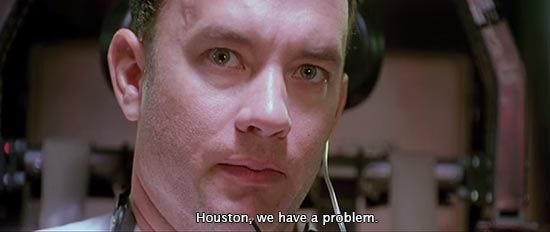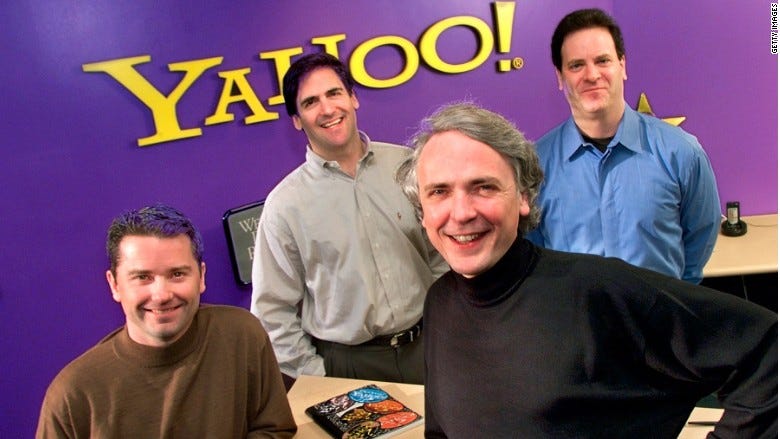By definition, uncommitted means “not pledged to a particular belief, allegiance, or program”. Politically, as demonstrated in various “swing” states together with basic administrative policy regarding the Middle East, this simple definition has value. In regard to what we consider the “markets” it depicts a strategy and a plan, one traders and investors apply during “range bound” periods.
Face it folks, there’s greater uncertainty surrounding today’s markets than in recent periods. When the indices crashed as COVID-19 took hold, everyone worried about the markets going to “zero”. That didn’t happen and when the S&P 500 P/E Ratio hit their lows in early 2020 the “better” traders and investors “added” to their positions. The “best” ones dug deeper and bought the companies that would thrive in such an environment. It was easy pickings, the world as we knew it was changing and trends were identifiable. “Zero” didn’t materialize and the race “to the moon” began.
Every trader and investor became an instant guru. From “TikTok” to “Instagram”, the “meme” stocks exhibited something not seen since the “Internet” bubble of the early 2000 period. Nonetheless unbridled “exuberance”prevailed and these irrational moves together with the ‘online world’ of investing jumped on board. Like the early 2000s it was obvious that this strategy, if you can call it that, was going to end and end badly.
For those with experience having been through many financial cycles, this uneducated type of investment philosophy breeds radical contempt as nothing “goes to the moon”. It’s more like watching Tom Hanks in “Apollo 13” when he said “Houston, we have a problem”. Trouble was on the horizon but it didn’t come from ‘meme’ stocks. That was only an indicator similar to when Mark Cuban sold Broadcast.com to Yahoo! on April 1, 1999 for $5.7 billion in perhaps the greatest April Fools prank ever. In late 2021, the investment and trading world was about to succumb to its own decisions as “interest” rates were about to surge and the S&P 500 P/E Ratio was hitting unheard of numbers. It was time to sell and move to “cash” and their equivalents and experience guided the pathway to safety and the sidelines.
Between Fed Chairman Jerome Powell and the fearless inverted curve prognosticators preaching the inevitability of a recession, everyone looked for change. The “markets” headed lower, found their bottom then resumed their upward trend. The investments that saved them in the 2020 period had changed. Welcome to the AI world, one that is pretty easy to analyze. For us it was simple having been an early “beta” participant in NVIDIA. We searched for the company with the best management that manufactured the best “chips” to run artificial intelligence and the servers they depended on. We put our “eggs” into one basket, Super Micro Computer (“SMCI”) around $60 a share. Some say we were lucky but in reality there was a lot of work behind that kind of luck. It has been a great ride but I do regret not getting on the related NVIDIA train. That bring us to today.
So What’s Your Plan Today
This is why you are here, right? I hope so but in the same breath I hope you just want to learn from 55+ years of experience. From the OPEC oil shocks of the 1970s to 2008 when the financial crisis hit I have “seen it all”. When it was “right” to be in the stock market we were there. When better to be out of the markets we sat on the sidelines. In the past four years we’ve done both and the results rang true, we more than tripled the money managed in Roth IRA accounts allowing me to do what I’m now doing today, just teaching you how to be the “best damn trader or investor” you can possibly be. It is a labor of love but tens of thousands of you have adopted The Ticker over the last year and from the inside out, The Ticker is just getting started. But many of you want to know what we’re doing today so let’s talk about just that. I hope you’re listening.
The strategy and plan that dictated the majority of our time over most of my “former” 55+ years is, how can I say, “it’s back”. We rely upon the positives that brought us here and often revert back to the ‘norm’ as we often “revert back to the mean”. If you have been following us I’m a very boring person often looking for the ‘brand name’ entities that have fallen on “bad times” and less than effective “decision making”. Many stocks like Disney (“DIS”) and Dollar General (“DG”) fit that model but there are many more in the pipeline. I’m looking for an “entry” point for Boeing (“BA”) and Apple (“AAPL”) and recently took in an initial position in Nike (“NKE”). Consistency is a criteria that always works and sticking with a strategy and a basic plan is infallible.
So what else am I doing in this “range bound” marketplace. Without question interest rates in the United States are going to come down. Inverted interest rate curves effect my decision making. The question remains when that effect will enter into the grand scheme of things but I’m patient and you should be too. Building a sizeable position in the U.S. Treasury market yielding over “5%” together with money markets earning about the same works in managing Roth IRA accounts. After all, inflation is running around 4% so I’m performing better than what’s reflected as I wait. In addition to my gold bullion holdings, a great hedge as well, it is my belief that the USDJPY at 155 is far too high. I’m looking for a move towards a lower 125 level and again patience is a virtue and in our case, a requirement.
So in this range bound' marketplace, along with a strong belief that everything reverts back to the mean, when portfolios and the stocks held therein hit higher levels I often will sell ‘covered calls’ against existing positions to essentially take in extra income. In some cases I’ll sell “out-of-the-money” calls if its anticipated that the stock could very well go higher. If it’s my belief that chances are it’s “done” heading higher I’ll sell “in-the-money” calls, sometimes deep in the money. In any case, unless there is an event like a dividend payment or earnings release to hedge, most of the “options” used are between four and six months in duration. That in a nutshell is how to manage what is happening. How are you handling this type of market?
Otherwise I am an opportunistic hedger often selling when the “herd:” buys and also buying when the “herd” sells. Again, my option and futures contracts are often four to six months out and with respect to futures seasonality plays a role. Remember, when I use options, the strike price is less important than the time remaining. If and when I get movement in the “right” direction I’ll close out enough of my position such that what remains is “free”. In other words I’m not averse to taking my profits to “protect” my then remaining position. In that way what’s left is essentially free and my risk is eliminated.
The other way I hedge is with a portfolio of stocks in a given industry that provides a solid dividend flow along with the potential for growth if “out-of-nowhere” events do happen. With that in mind, along with having what is now a “free” option position in the 2024 WTI August 100 calls, in the portfolio I own Occidental Petroleum (“OXY”) and Coterra Energy (“CTRA”) along with the SPDR Energy Select ETF (“XLE”).
There’s more but I’ve bored you enough. Keep your eyes open for change. That works for us as well as we are getting ready to roll out Course #3, the “mortar” plus another free information site, The Ticker Free Community. You’re going to get an invitation to join with us in the near future but like Rome, what we’re doing is not being built in a day. For now most of you are just stuck with me here and on LinkedIn. From our miles high perspective it’s pretty good so thanks for making The Ticker better and enjoy.
Fifty-five years ago the Rolling Stones released a favorite in “You Can’t Always Get What You Want”. Isn’t that the truth. Think about it, from your investment and your trading world “out-of-nowhere” events often interfere with expectations. It’s always best to have a “what else could happen” plan. We call that hedging and when done the “right way” it works. No one, and I repeat, no one always gets what they want because they do not expect the unexpected. Then there’s the time you get more than what you want or expect. Don’t be greedy, stick to your plan and always protect your gains. It’s not all that hard to become a great investor or trader. Consistency, patience and often having a thicker skin that not works.






